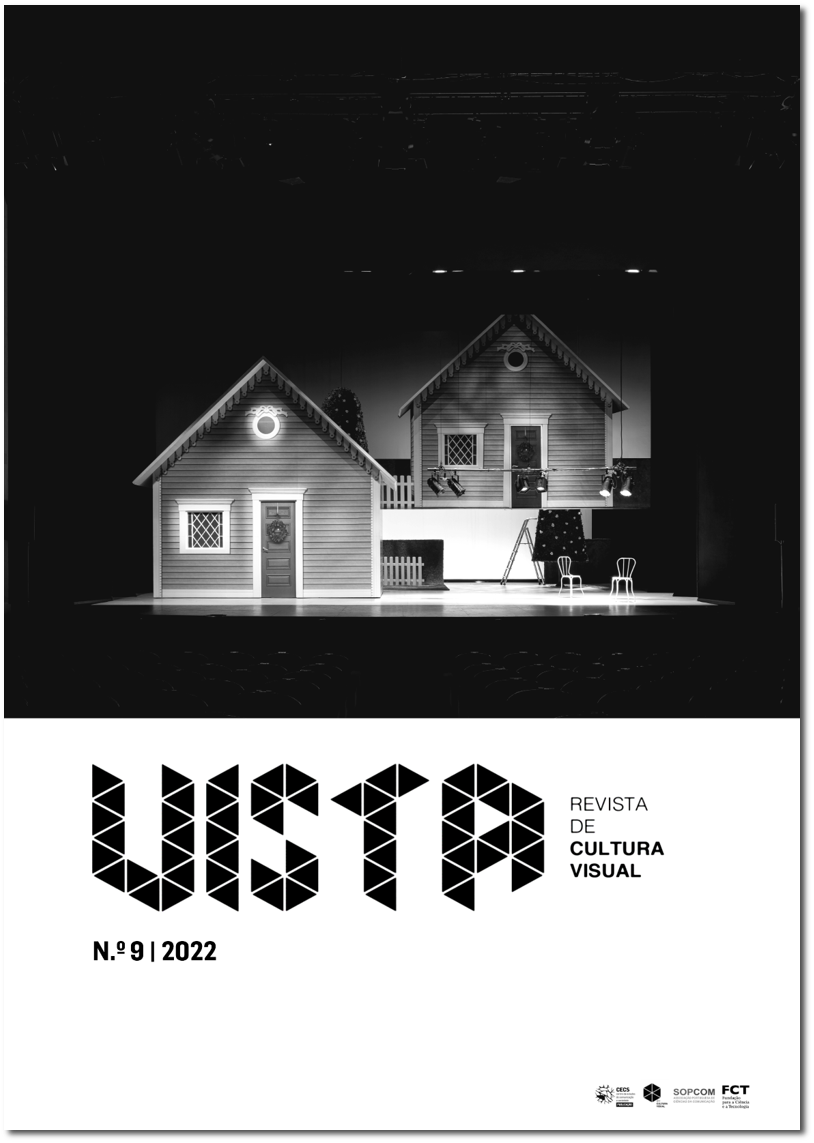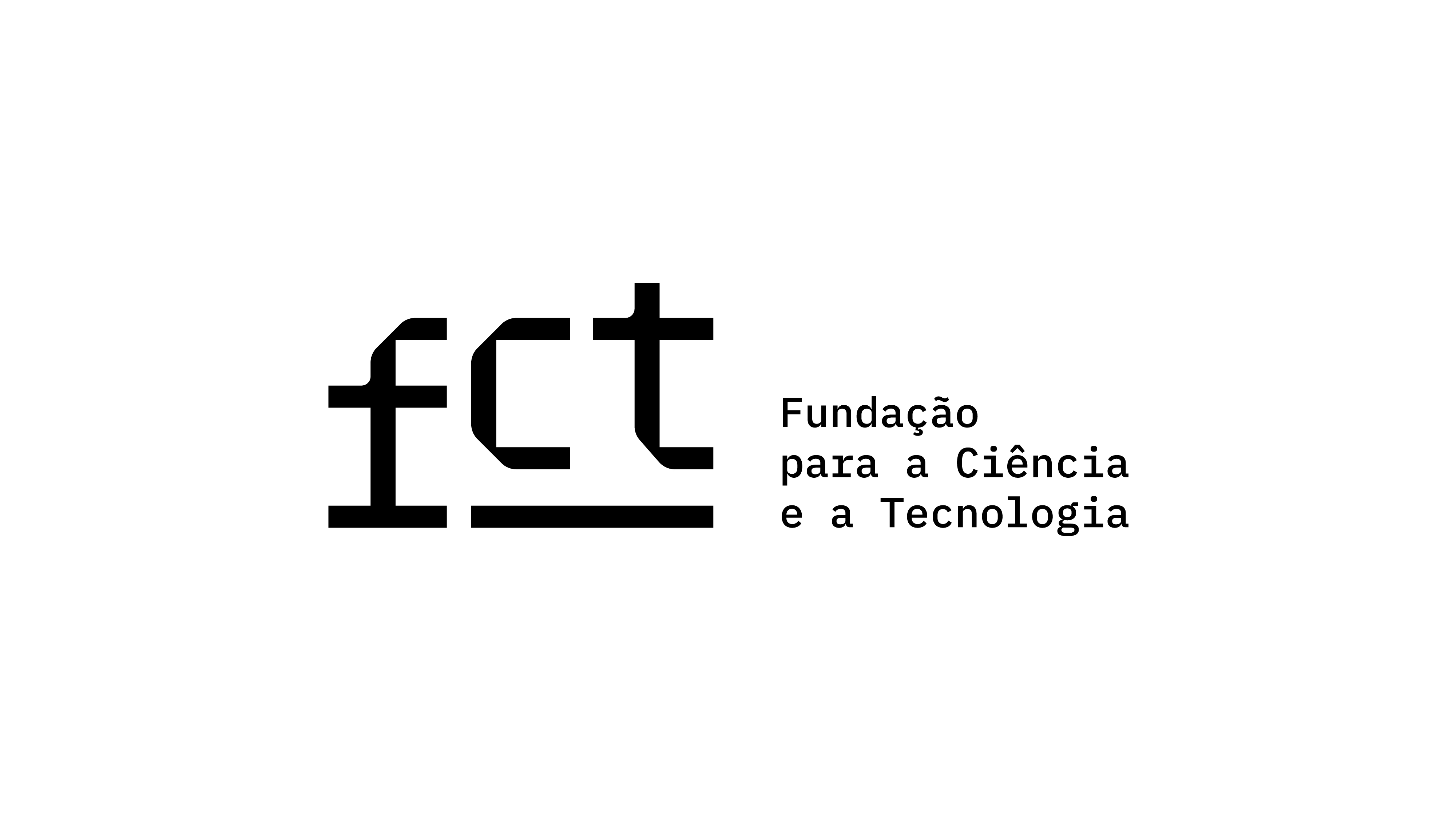The Referent Was There. The Referent As Flesh
DOI:
https://doi.org/10.21814/vista.4045Keywords:
image, referent, war, flesh, punctumAbstract
We set out from the observation that, even though mediation involves and defines the modes of relationship between individuals and the real, reality is unavoidable. However, considering the diluting importance of the referent to legitimizing image production between the 19th and the 20th century, and despite the emergence of photography as a medium involving the referent's presence, the relationship between individuals and images is argued to be largely grounded on a connection between these two entities. These do not need the referent, and this relationship, when specific, may justify approximations such as Roland Barthes' punctum. Thus, the image provides a space that allows the subject to project itself beyond it. That space stands as a definition of the image as surface and depth. In contrast, the situation of the images is brought closer to the body's condition. Through this comparison, the importance and reality of the referent, as a "thing in itself", is argued to exist when the image cannot control the excess the referent is, just as the body, when it cannot control the flesh, makes it visible. The image is to the body as the referent is to the flesh. The images of loved ones or war atrocities exemplify this emergence of the referent as a symptom.
Downloads
References
Barthes, R. (2006). A câmara clara (M. Torres, Trad.). Edições 70. (Trabalho original publicado em 1980)
Baudrillard, J. (1991). Simulacros e simulações (M. Pereira, Trad.). Relógio d’Água. (Trabalho original publicado em 1981)
Bazin, A. (1992). O que é o cinema? (A. Moura, Trad.). Livros Horizonte Lda.
Belting, H. (2011). A verdadeira imagem (A. Mourão, Trad.). Dafne Editora. (Trabalho original publicado em 2006)
Bragança de Miranda, J. (1995). O fim do espetáculo. BOCC. http://bocc.ubi.pt/pag/miranda-fim-espectaculo.html
Bragança de Miranda, J. (2003). A arte interpelada pelo corpo. In C. Vilar (Ed.), Corpus. Visões do corpo na colecção Berardo (pp. 18–47). Centro Cultural de Belém.
Bragança de Miranda, J. (2008). Corpo e imagem. Nova Veja.
Casalegno, F. (1999). Entrevista a Sherry Turkle: Fronteiras do real e do virtual. Famecos,11, 117–123. http://revistaseletronicas.pucrs.br/ojs/index.php/revistafamecos/article/viewFile/3057/2335
Cordeiro, M. (2013). O corpo como imagem e as imagens do corpo na contemporaneidade [Tese de doutoramento, Universidade de Lisboa]. Repositório ULisboa. https://repositorio.ul.pt/handle/10451/9407
Debord, G. (2005). A sociedade do espectáculo (F. Alves & A. Monteiro, Trad.). Mobilis in Mobili. (Trabalho original publicado em 1967)
Deleuze, G. (1996). O mistério de Ariana (E. Cordeiro, Trad.). Veja. (Trabalho original publicado em 1965)
Derrida, J. (1993). Memoirs of the blind: Self-portrait and other ruins. The University of Chicago Press.
Didi-Huberman, G. (2011). O que nós vemos, o que nos olha (G. Anghel & J. P. Cachopo, Trad.). Dafne Editora. (Trabalho original publicado em 1992)
Didi-Huberman, G. (2012). Imagens apesar de tudo (V. Brito & J. P. Cachopo, Trad.). KKYM. (Trabalho original publicado em 2004)
Dubois, P. (1991). O acto fotográfico (E. Cordeiro, Trad.). Veja. (Trabalho original publicado em 1982)
Featherstone, M. (1991). The body in consumer culture. In M. Featherstone, M. Hepworth, & B. Turner (Eds.), The body: Social process and cultural theory (pp. 170-196). Sage Publications. DOI: https://doi.org/10.4135/9781446280546.n6
Foucault, M. (1967). De outros espaços (P. Moura, Trad.). http://www.virose.pt/vector/periferia/foucault_pt.html
Gil, J. (1997). Metamorfoses do corpo. Relógio d’Água.
Groz, E. (1995). Space time and perversion. Essays on the politics of bodies. Routledge.
Medeiros, M. (2010). Fotografia e verdade. Uma história de fantasmas. Assírio & Alvim.
Mitchell, W. (1992). The reconfigured eye – Visual truth in the post-photographic era. The Mit Press.
Mitchell, W. J. T. (1986). Iconology. Image, text, ideology. The University of Chicago Press. DOI: https://doi.org/10.7208/chicago/9780226148052.001.0001
Mitchell, W. J. T. (1995). Picture theory. The University of Chicago Press.
Mitchell, W. J. T. (2005). What do pictures want? The lives and loves of images. The University of Chicago Press. DOI: https://doi.org/10.7208/chicago/9780226245904.001.0001
Rancière, J. (2011). O destino das imagens (L. Lima, Trad.). Orfeu Negro. (Trabalho original publicado em 2003)
Sontag, S. (2003). Olhando o sofrimento dos outros (J. Lima, Trad.). Gótica. (Trabalho original publicado em 2003)
Downloads
Published
How to Cite
Issue
Section
License
Copyright (c) 2022 Marta Cordeiro

This work is licensed under a Creative Commons Attribution 4.0 International License.
Authors own the copyright, providing the journal with the right of first publication. The work is licensed under a Creative Commons Attribution 4.0 International License.













